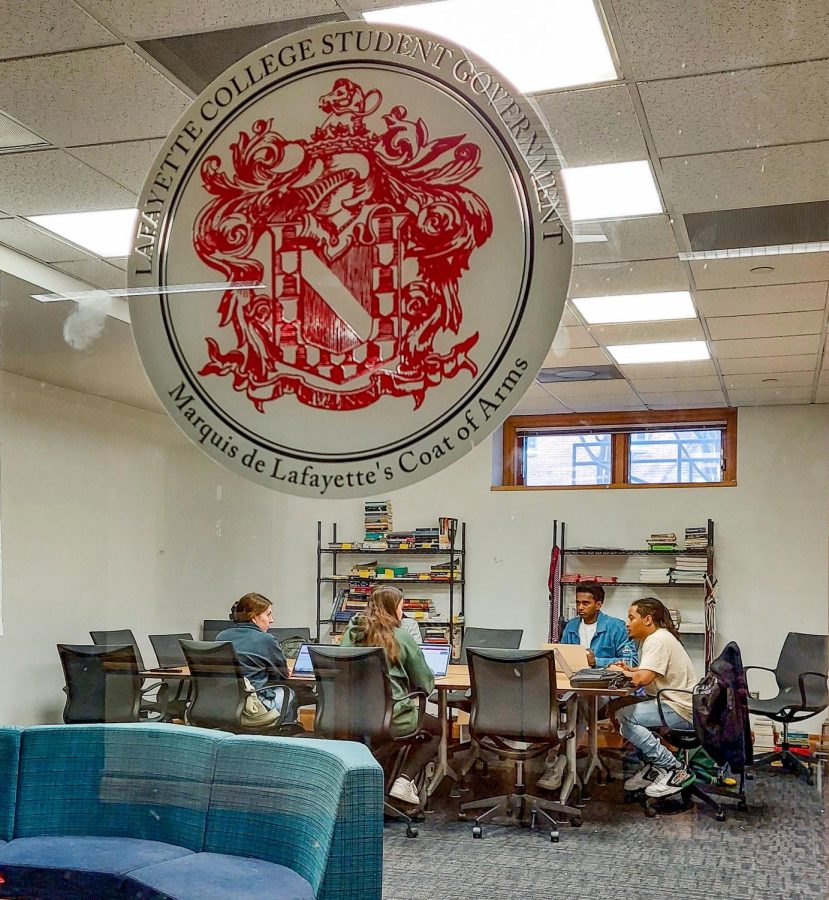Though the club has not been on campus for long, the Lafayette Data Community already faces a major undertaking: processing data on Student Government’s club budget allocations for the spring semester.
The Lafayette Data Community is one of the seven new clubs approved by Student Involvement in January.
“We [try to] delete the misconception … that data analysis is all technical, and it’s hard,” Lafayette Data Community President Eliso Morazara ’25 said. “It can be simple. You just need the right teachers.”
To foster this learning, the Lafayette Data Community has taken on analyzing the hundreds of thousands of dollars allocated by the Student Government to clubs.
“Last semester, we were informed about the difficulty … in the process of budget allocation from Student Government,” Morazara said. “We overheard that they are interested in any sort of analysis … that can help them make better decisions.”
Student Government Treasurer Areeb Atheeque ’25 wrote in an email that the process of inviting a third party to process club funding data was initiated by former Student Government President Matwos Tadesse ’24 and former Treasurer Jordan Shaibani ’24. Tadesse did not respond to requests for comment. Shaibani was not contacted for comment.
Yet, Morazara said, rather than making recommendations, “this semester, it was more about report and audit.”
“We … have the information of who did not get any budget and why,” Morazara said, adding that some clubs did not have representatives attend mandatory meetings and were therefore denied funds. In cases where funds were denied entirely, a rationale was provided to the Lafayette Data Community by Student Government.
For those clubs that were allocated any funding, Morazara received a list of club names, amounts requested and amounts allocated for the spring and fall semesters.
Morazara said that they will begin by categorizing clubs before processing the raw data.
The Data Community plans to visualize the raw data about club funding according to general divisions amongst the clubs. They will also seek to compare last semester’s data to this semester’s allocation.
“Is there any increase for this category from last semester to this semester? Or overall, how much did the Student Government give last semester and this semester? We are trying to work out graphs that could be easy to read, to understand the analysis,” he said.
Thus far, the Lafayette Data Community has cleaned the data, preparing numbers for visualization and addressing discrepancies such as clubs that have changed names between the two semesters. They expect to be finished auditing the data by March 8.
Once the Lafayette Data Community has created its own insights and visualizations, they will be integrated into the Student Government’s final budget allocation report.
“The data for the report will be collated by the Data Community and we will make any adjustments and potentially insert a bit more narrative and publish it,” Atheeque wrote.
The Student Government does not intend to publish the raw data provided to the Lafayette Data Community.
“There won’t be any line-by-line numbers,” Atheeque wrote. “Just general trends with regards to funding across the two semesters and the broad areas in which they went towards.”
According to Morazara, the club has had 77 people sign up for its email list, and around 20 people attended its first general body meeting. In the pursuit of making data analysis more accessible, he said that they “come together and learn from each other.”
To foster this learning, the Data Community has begun looking towards projects such as stock market analysis and even a potential collaboration with the baseball team.
“Members can also come to our club … [and] pitch their project and if any other members are interested they can join to help build the team,” Morazara said.
Managing Editor Trebor Maitin ’24 serves as the Parliamentarian of the Student Government. He did not contribute writing or reporting.















































